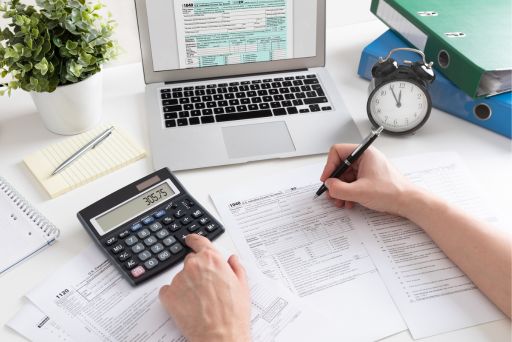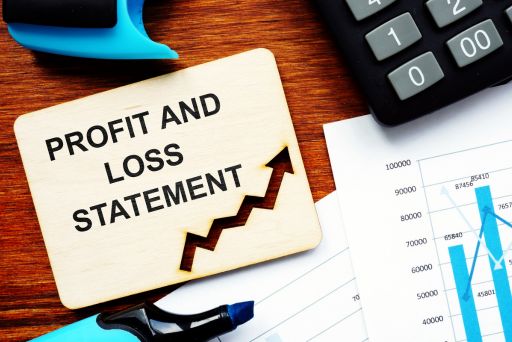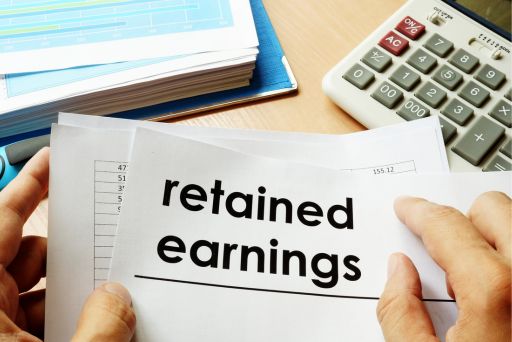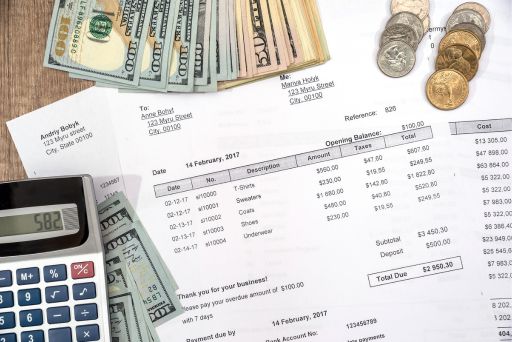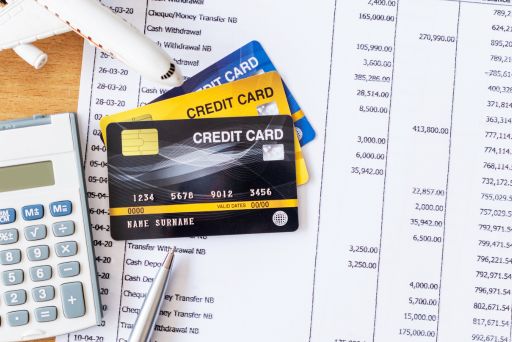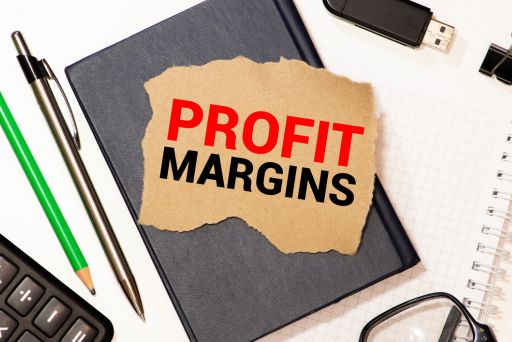Buying an existing business can be a smart way to enter entrepreneurship with a proven track record of success, an established brand, and existing customers. Unlike starting a new business from scratch, purchasing an established operation allows you to bypass many of the challenges of launching a startup. However, knowing how to buy a business the right way requires careful planning, thorough due diligence, and the right approach to business acquisition.
This guide will walk you through each step of buying a business, from identifying the right business to securing financing and completing the purchase.

Purchasing a Business vs. Starting a Business from Scratch
Purchasing a Business
Benefits of Purchasing a Business
If you’ve ever visited one of your favorite businesses and imagined how you might improve operations, attract more customers, or refresh the design, then purchasing an established business might be a good fit for you. Luckily, there are several advantages to buying an existing business.
- Known upfront costs. When the seller has properly assessed their business, you should have a transparent understanding of the purchase price and the reasons behind it. This clarity is crucial when planning your financial strategy. Unlike starting from scratch, purchasing an existing business allows you to more accurately estimate your total capital needs.
- Time-saving. Acquiring an existing business can save you significant time, especially in the initial stages of ownership. Tasks like securing a location, hiring staff, and sourcing equipment have likely already been handled. While you will still make adjustments, the groundwork has been laid, allowing you to start running the business more quickly.
- Established reputation. A business that already has a recognized name can work in your favor. Even if the reputation isn’t perfect, you can leverage existing brand recognition to build excitement around new ownership. Building a customer base from the ground up can take considerable time, so buying an established business provides a strong head start.
Drawbacks of Purchasing a Business
While buying an existing business can offer a quicker path to entrepreneurial success, there are challenges to be aware of. Consider these potential downsides before making a decision:
- Due diligence. Purchasing a business is a significant investment, often with substantial returns, but it’s critical to gather as much information as possible before committing. This includes spending considerable time reviewing the business’s financial history, legal obligations, and operations. It’s wise to enlist a lawyer and an accountant to help you review the details and understand what you’re getting into.
- Managing change. Existing staff can be an asset when you take over a business, but transitioning smoothly can be tricky. Managing established employees and maintaining good relationships as the new owner requires careful attention to ensure a smooth transition.
Starting a Business from Scratch
Benefits of Starting from Scratch
If you’re driven by a particular passion, starting your own business can be one of the most fulfilling ways to achieve ownership. Although it’s not an easy path, starting from scratch offers several key advantages:
- Creative control. Building a new business from the ground up gives you maximum flexibility and control. You’ll have the freedom to shape everything, from the products and services you offer to the company culture you create.
- Budget control. While starting a business is rarely cheap, it does give you control over how much you spend. If necessary, you can make choices like working from home or being your sole employee to manage expenses.
- Flexible scheduling. Starting a business allows you to determine how it fits into your life. If you need to maintain a full-time job while launching your venture on the side, that flexibility is easier to manage with a start-up, whereas buying a business may require more immediate time and attention.
Drawbacks of Starting from Scratch
Starting a business is exciting but comes with its own set of challenges. Keep these factors in mind:
- Steep learning curve. If you’re new to business ownership, launching a start-up requires learning quickly and efficiently. Although there are plenty of resources available, it takes a lot of time and effort to gain the knowledge necessary for success.
- Heavy responsibility. No matter how you choose to become a business owner, you’ll face new responsibilities. When starting from scratch, every decision is yours to make, and those decisions will directly affect your business’s success. Some people thrive in this environment, while others may find it overwhelming.
- Managing expenses. Controlling both expected and unexpected expenses can be more difficult in a start-up than when purchasing an established business. Unlike an existing business, where you can review financial records during the buying process, starting from scratch means budgeting for unforeseen costs, and it may take years before the business generates enough revenue to pay a salary.
When weighing your options, don’t focus too much on whether starting or buying a business is inherently better. Both approaches have their unique pros and cons. The most important thing is to choose the path that aligns with your personal goals, leadership style, financial situation, and lifestyle. There is no right or wrong way to become an entrepreneur if you know what you want.

Why Buy an Existing Business?
Before we delve into the process, let’s explore why buying an existing business might be a better option than starting a new business from scratch. Here are a few advantages:
- Established Brand: You can leverage an already recognized brand, rather than building a reputation from the ground up.
- Existing Customer Base: Purchasing a business with an existing customer base provides immediate revenue opportunities.
- Proven Business Model: An established business has a successful track record of business operations and a profitable business model.
- Existing Cash Flow: You benefit from existing cash flow, which provides financial stability from day one.
Finding the Right Business to Buy
What to Look for in a Business
The first step is to identify the right business that matches your skills, interests, and financial goals. It’s essential to find a business concept that aligns with your values and has a successful track record. Some factors to consider when evaluating a particular business include:
- Industry experience
- Cash flow and profitability
- Existing employees and management structure
- Market position and competitive landscape
- Tangible assets and intellectual property
Places to Find Existing Businesses for Sale
There are various platforms and avenues where you can find existing businesses for sale:
- Business brokers: A business broker can help connect you with sellers and guide you through the purchase process.
- Online marketplaces like BizBuySell or Craigslist
- Industry-specific networks and trade associations
- Local chambers of commerce or small business development centers
Conducting Due Diligence
Due diligence is one of the most critical steps when buying an existing business. It involves a comprehensive review of the company’s business financials, legal standing, and operations to ensure you’re making a wise investment.
Key Areas to Investigate
Here are some key areas to investigate during the due diligence process:
- Financial Statements: Analyze the company’s balance sheets, cash flow statements, and tax returns to understand its financial health.
- Business Assets: Review the company’s business assets, including real estate, inventory, and equipment.
- Existing Customer Base: Evaluate the quality and sustainability of the existing customer base.
- Business Licenses: Ensure the business has all the necessary business licenses and permits to operate legally.
- Environmental Regulations: Check compliance with zoning laws and environmental regulations.
Hiring Experts to Assist with Due Diligence
Hiring professionals such as a business broker, attorney, and accountant is crucial to ensure thorough due diligence. You may also consider working with an independent business valuation professional to get an accurate picture of the business’s worth and to arrive at a fair price.
Determining the Business’s Value
Determining a fair price for the business is vital. This process often involves analyzing the company’s cash flow, profit margins, and business’s assets. A business broker or independent business valuation professional can help calculate an appropriate valuation.
Stock Purchase vs. Asset Purchase
When buying a business, there are generally two types of purchases:
- Stock Purchase: You buy the entire business entity, including its liabilities, contracts, and debt. This method is often used in corporate acquisitions.
- Asset Purchase: You acquire specific assets, such as equipment, real estate, and inventory, without assuming liabilities. This option may be better for small businesses as it offers more protection.
Securing Financing
Once you’ve determined the business’s value and agreed on a purchase price, the next step is to secure financing.
Financing Options
There are a few different ways to finance your business acquisition, including:
- Traditional Bank Loans: These often offer competitive interest rates but may require a strong credit score and significant collateral.
- Seller Financing: In this scenario, the seller allows you to pay a portion of the business price over time, typically with interest.
- Business Acquisition Loans: These are specifically designed to finance business purchases and may have more flexible terms than traditional loans.
- Debt Financing: Taking on debt to finance the purchase can be another option, though it involves regular repayments with interest.
Completing the Purchase
Once financing is in place, you’ll move toward finalizing the purchase. This phase involves negotiating the purchase agreement, which details the sales agreement, the adjusted purchase price, and terms of the transfer of ownership.
What to Include in a Purchase Agreement
- Business Assets: Outline which assets are being transferred.
- Employment Agreements: Include terms regarding existing employees.
- Debt Disclosures: Address any outstanding debts or liabilities.
- Organizational Documents: Detail the company’s structure, including its organizational chart and management processes.
Closing the Deal
Once both parties sign the purchase agreement, you’ll need to finalize any outstanding issues, such as transferring business licenses, updating organizational documents, and ensuring compliance with legal requirements.
Transitioning as the New Business Owner
After the sale, you’ll transition into your role as the new business owner. Focus on maintaining the company’s existing cash flow, retaining existing employees, and solidifying relationships with existing customers.
Tips for a Smooth Transition
- Get to know the existing employees and key stakeholders.
- Keep communication open with existing customers to build trust and loyalty.
- Review the company’s business operations and look for opportunities to optimize processes.

Conclusion
Buying an existing business offers a great opportunity to step into entrepreneurship with less risk than starting from scratch. By conducting thorough due diligence, securing proper financing, and working with the right professionals, you can find a business that aligns with your goals and successfully transition into ownership. Whether you’re seeking small businesses with loyal customer bases or larger profitable companies, understanding the steps involved is crucial to making a well-informed decision. For help with financial matters, accounting, and bookkeeping for your business, choose Vyde to ensure you’re set up for long-term success.”
FAQs
1. What is the difference between an asset purchase and a stock purchase?
An asset purchase involves buying specific business assets like equipment, inventory, and real estate, while a stock purchase means acquiring the entire business entity, including its liabilities.
2. How long does the due diligence process take?
The due diligence phase can take anywhere from a few weeks to several months, depending on the complexity of the business. It’s crucial to take your time to ensure everything checks out.
3. What should I look for in a business broker?
Look for a business broker with a strong reputation, experience in your industry, and a clear understanding of the market. A good broker will guide you through the entire process and help you secure a fair price.
4. How do I finance the purchase of a business?
You can finance the purchase through traditional bank loans, seller financing, or a business acquisition loan. Each option has its pros and cons, so choose the one that fits your financial situation.
5. What is seller financing?
Seller financing occurs when the business owner allows the buyer to pay for the business over time, often with interest. This option can make it easier to acquire a business without putting up all your money upfront.









